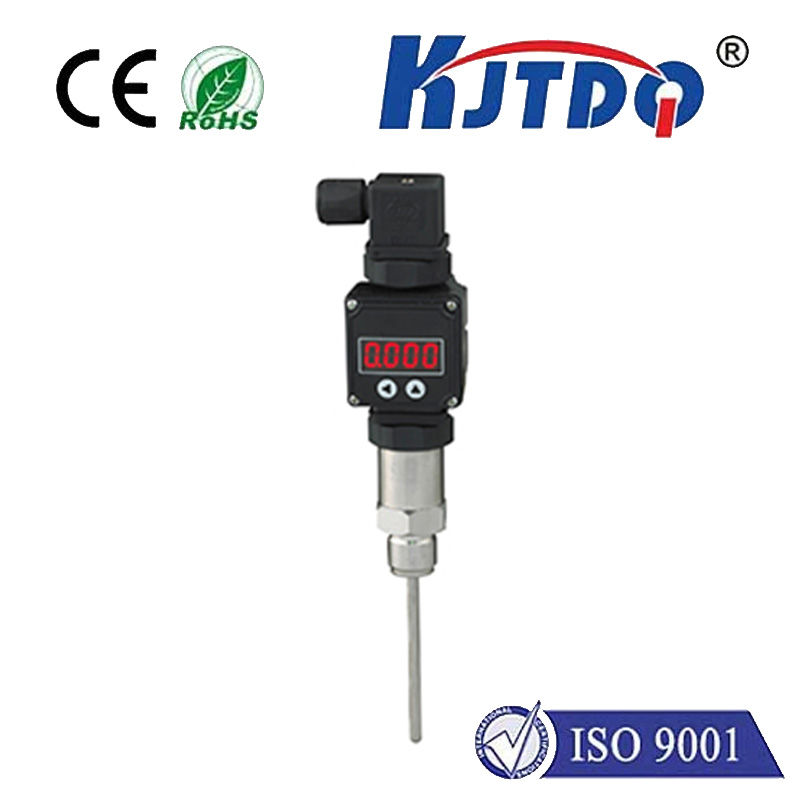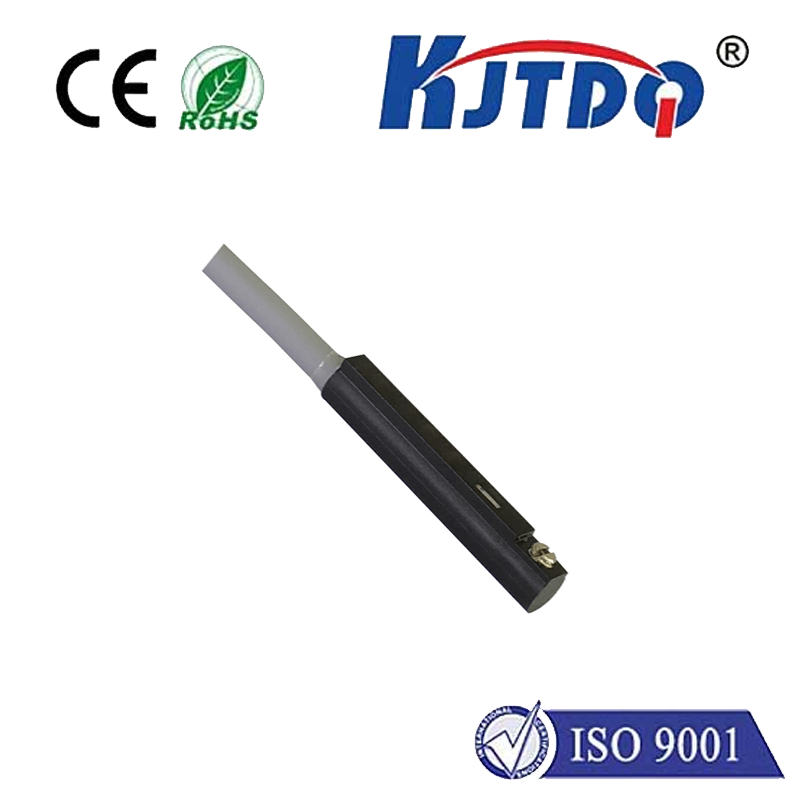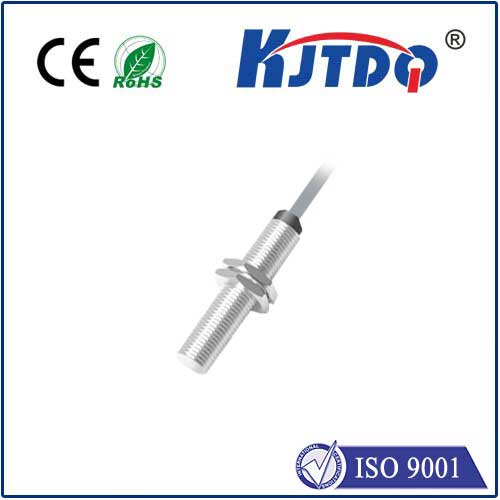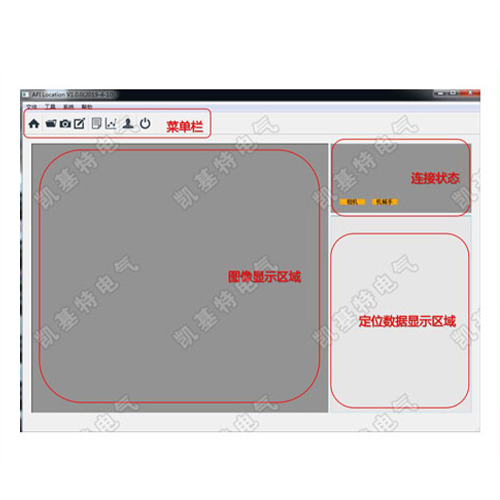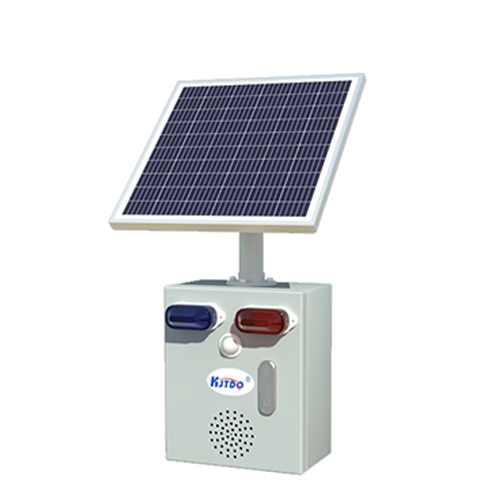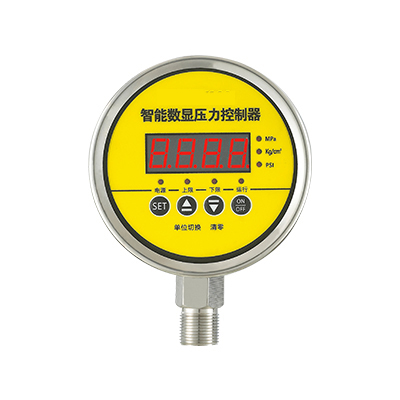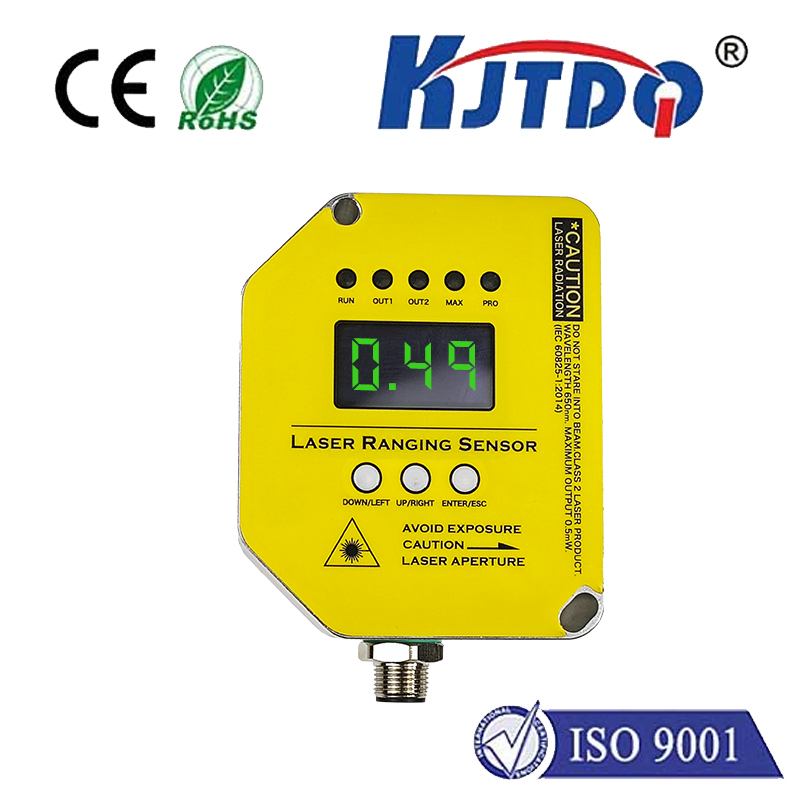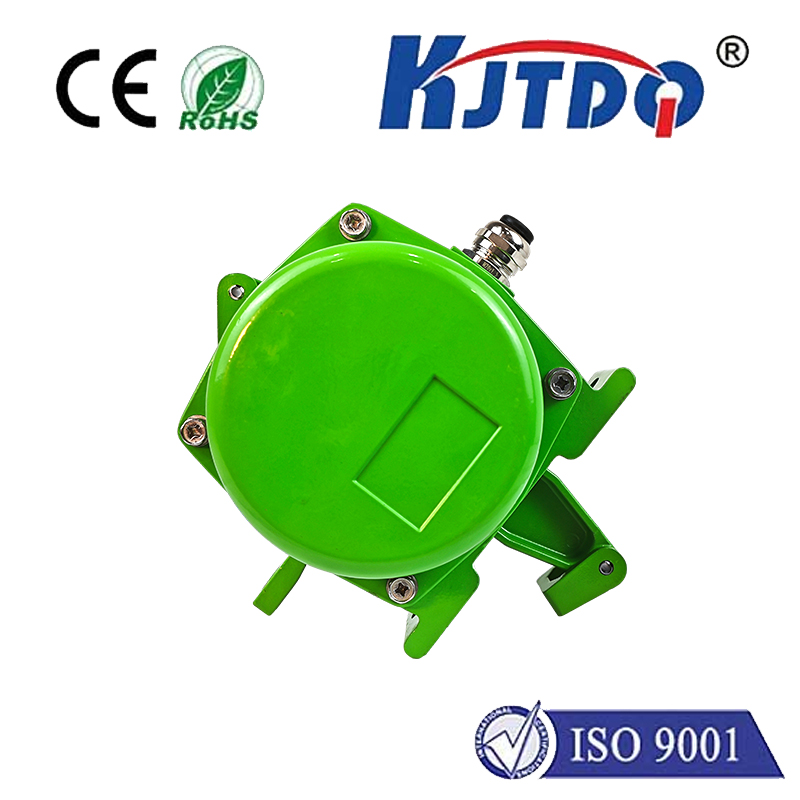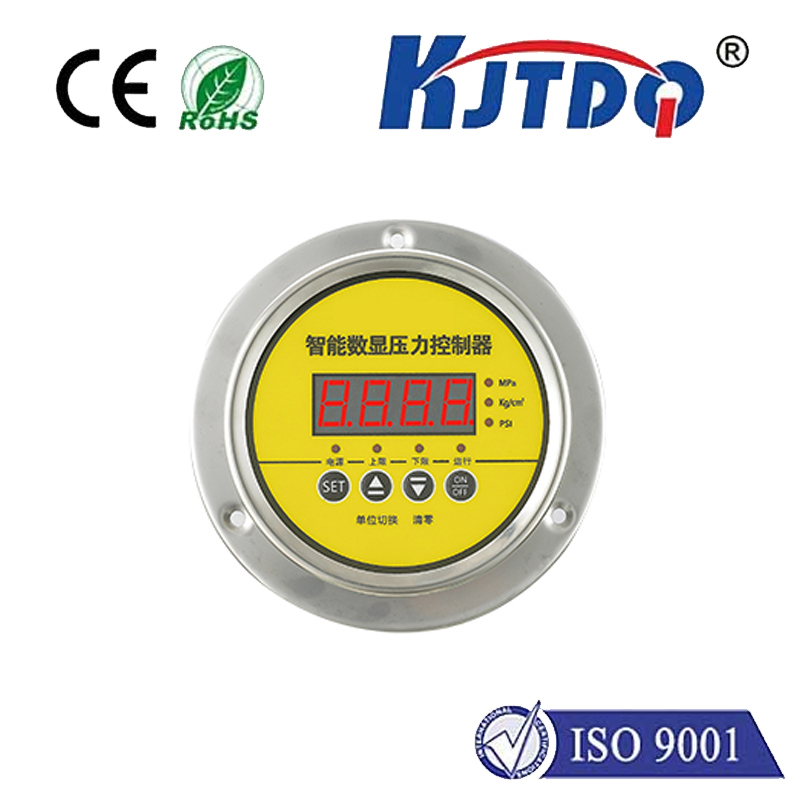

check

check

check

check

check

check

check

check

check

check
Body:
The advent of Internet of Things (IoT) has paved the way for a new generation of connected devices that are not only more intuitive but also more energy-efficient. At the heart of many IoT devices is the switch proximity sensor, which plays a crucial role in enabling seamless communication between different devices. In this article, we will delve into the world of switch proximity sensors and explore their role in shaping the future of IoT.
First, let's define what a switch proximity sensor is. Simply put, it is a type of sensor that detects the presence or absence of an object or person by measuring the distance between the sensor and the target. When an object comes into contact with the sensor, it sends a signal to the device, indicating that the object has been detected. This information can then be used to trigger a variety of actions within the device, such as turning on/off lights, opening/closing doors, or sending a notification.
One of the key benefits of switch proximity sensors is their ability to provide accurate and continuous monitoring of objects and people in real-time. This makes them ideal for use in applications where fast and reliable detection is critical, such as security systems, access control systems, and industrial automation. Moreover, because switch proximity sensors can be integrated into a wide range of devices and platforms, they offer a flexible and scalable solution for IoT applications.
Another advantage of switch proximity sensors is their low power consumption compared to other types of sensors. This makes them suitable for use in battery-powered devices and helps to extend their lifespan. Additionally, switch proximity sensors are typically small and lightweight, making them easy to install and integrate into various IoT devices.
However, like any technology, switch proximity sensors have their limitations. For example, they may not be as effective at detecting objects that are hidden behind barriers or obstacles, such as walls or furniture. They may also be affected by ambient light conditions or interference from other electronic devices. Nevertheless, these challenges can often be overcome through the use of advanced algorithms and techniques such as machine learning or artificial intelligence.
In conclusion, switch proximity sensors are a powerful tool for enabling intelligent connectivity between IoT devices. Their ability to detect objects and people accurately and continuously, along with their low power consumption and flexibility, make them an essential component of many modern IoT applications. As technology continues to evolve, it is likely that switch proximity sensors will play an even greater role in shaping the future of IoT and beyond.
